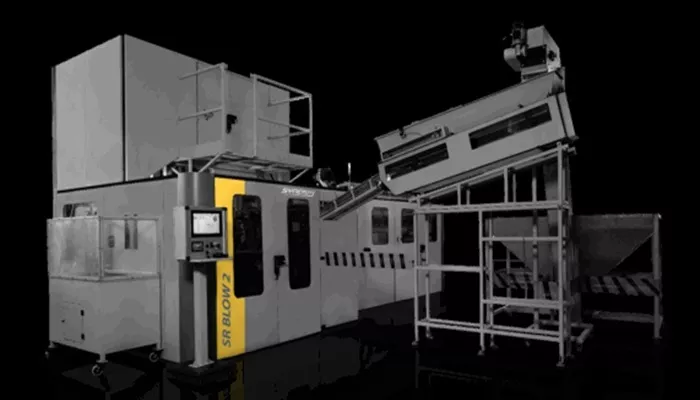As the leader in the backup generator market in the United States, Generac is renowned for its household products featuring high reliability, intelligent control and diverse power options. The mainstream models suitable for home backup include the Guardian series (22kW-24kW), the PowerPact series (7.5kW-12kW), and the EcoGen series (solar-compatible type). These models cover different household electricity demands, support natural gas and propane fuel, and are equipped with automatic transfer switches (ATS) and remote monitoring functions, making them an ideal choice for dealing with power outages.
Core Models and Features of Generac Household Backup Generators
Guardian Series (22kW-24kW)
Applicable scenarios: Suitable for medium and large-sized residences (200-400 square meters), supporting high-load appliances throughout the house (such as central air conditioning, electric water heaters, and multiple refrigerators).
Core technology
Intelligent Load Management (IntelliTemp) : Dynamically adjust power distribution to avoid overload.
Evolution 2.0 Controller: Touchscreen operation, real-time display of power, fuel consumption and fault codes.
Tri-Fuel technology (for some models) : Compatible with natural gas, propane and diesel (optional).
Fuel and noise: Driven by natural gas/propane, the noise is approximately 67 dB (at a distance of 5 meters), meeting the noise reduction standards for residential areas.
Installation requirements: Professional electricians are required to connect the ATS and gas pipelines, and a ventilation space of 1-2 square meters should be reserved.
PowerPact Series (7.5kW-12kW)
Applicable scenarios: Small and medium-sized residences (100-200 square meters), supporting basic appliances (lighting, refrigerators, and some air conditioners).
Core technology
Economical air-cooled engine: Low cost, but it is recommended that the continuous operating time does not exceed 48 hours.
Nexus Controller: Basic monitoring function, no touchscreen, and needs to be remotely controlled through the Mobile phone App (Generac Mobile Link).
Fuel and noise: Only supports natural gas/propane, with a noise level of approximately 65 dB, suitable for compact garden installation.
Installation advantages: Compact in size (about 1m³), it can be wall-mounted and has a short construction period.
EcoGen series (Solar-compatible type)
Applicable scenarios: Environmentally friendly households or hybrid energy users, and can be paired with a solar cell system.
Core technology
Dual-fuel + energy storage compatibility: Supports solar charging or fuel power generation, and seamless switching in case of power outage.
Energy priority setting: Prioritize the use of solar energy, and fuel is only used as a backup.
Limitations: The power is relatively low (5kW-10kW), and additional energy storage batteries (such as Generac PWRcell) need to be installed.
Analysis of Key Purchasing Factors
Power demand calculation
Basic formula: Total household load = Alt-on appliances (refrigerator, lighting, etc.) + Peak appliances (air conditioner, oven, etc.) × 1.5 (starting current coefficient).
Case reference
Small family (3 people) : 7.5kW (PowerPact) is sufficient to support a refrigerator, lighting and 1 air conditioner.
Medium-sized family (5 people) : 22kW (Guardian) can cover central air conditioning, water heaters and power supply for multiple rooms.
Fuel selection suggestions
Natural gas: Low cost (about $0.15/kWh), relying on municipal pipelines, suitable for areas with a low risk of long-term power outages.
Propane: It requires storage tanks (over 500 gallons), has a relatively high cost (about $0.30/kWh), but is highly independent and suitable for remote areas.
Comparison of intelligent functions
Guardian Series: Supports Wi-Fi fault diagnosis, automatic weekly testing, and cloud history recording.
PowerPact series: Only basic remote power on/off functions are available. An additional Mobile Link module (approximately $300) needs to be purchased.
Maintenance cost and lifespan
Air cooling (PowerPact) : Simple maintenance (about $150 per year), with a lifespan of 10 to 15 years.
Liquid-cooled engine (Guardian) : Professional maintenance is required (annual cost $300+), with a lifespan of up to 20 years.
Common Installation Issues and Solutions
Regulatory compliance
Permit requirements: In most states of the United States, an application for electrical and gas installation permits is required (fees).
Safety distance: The generator should be at least 1.5 meters away from building Windows/vents to avoid the risk of carbon monoxide.
Grid connection protection
Essential equipment: Automatic transfer switch (ATS) to prevent reverse power supply, built-in in the Guardian series, PowerPact needs to be purchased externally (about $500).
Adaptability to extreme weather
Anti-freezing design: The Guardian series comes standard with a heated oil pan (starting at -30℃), and the PowerPact series requires an additional insulation cover ($200).
Conclusion
Among Generac household generators, the Guardian 24kW is an all-round choice, suitable for medium and large-sized families to achieve fully automatic power supply. The PowerPact 7.5kW meets the basic needs with its high cost performance. Environmental protection users may consider the EcoGen+ solar energy storage combination. It is recommended to give priority to natural gas fuel to reduce costs and entrust certified electricians to install it to ensure compliance. Regular maintenance (such as changing engine oil and filters) is the key to extending lifespan. The Guardian series offers better long-term cost performance.

